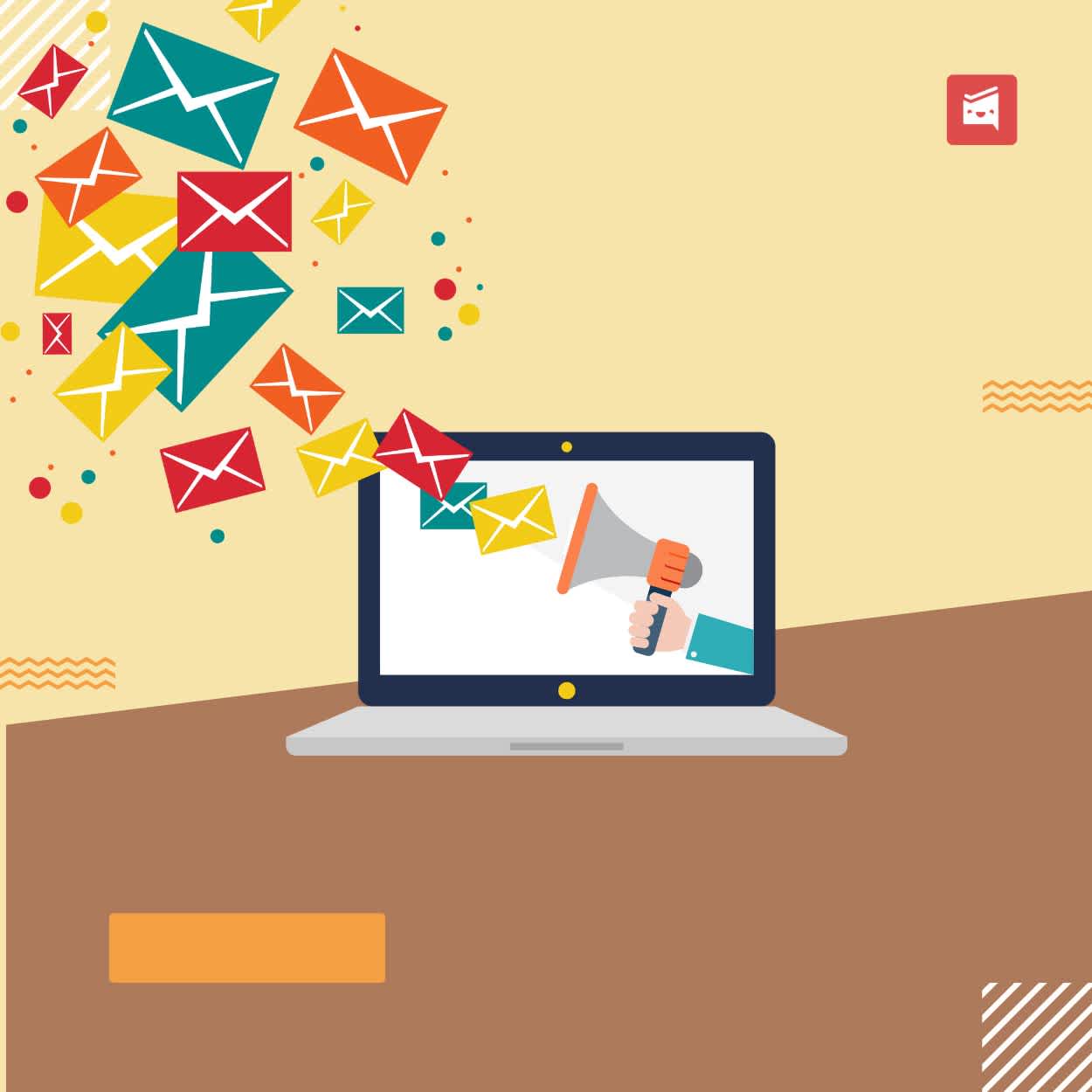How to Design Effective Email Templates for Your Business
ByJulian Gette
Workast publisher

Workast publisher
Email has shown sustained performance in marketing strategies for years, boasting a high average ROI.
It’s worth noting that in the past year alone, more consumers have purchased via email (50%) than through social media ads, posts, SMS, or banner ads.
But the role of your email campaigns goes way beyond mere numbers.
Get it wrong, and you’ll turn prospects away before you’ve even started building relationships with them. Get it right, and you’ll enjoy long-term engagement, increased sales, loyalty, and customer referrals.
Since, the popularity of the email marketing is only growing and there are no indications of it to fade, understanding the basic principles of the email template design is more important than ever.
In this blog, we’ll explore the essential elements of effective email template design and guide you on how to create high-converting custom email templates using Mailchimp. Let’s dive in!
Let’s get the basics right.
An email template is a reusable, preformatted email file. Its content blocks are designed and organized logically, from the header to the footer. This way, you have a structure that automates email design while ensuring brand consistency.
Businesses have two broad options for designing email templates: pre-built and custom email templates.
Pre-built email templates are ready-to-use designs offered by Email Service Providers (ESPs) like Mailchimp. They are super useful for beginners or brands launching quick campaigns in the nick of time. You can still have some user-friendly options for basic customization needs. The best part is that many of these templates are often free or available at a nominal fee, making them a pocket-friendly choice for small businesses on a tight schedule.
Yet, they often limit brand identity, customization, and exclusivity. Over time, most brands move to custom templates as they help in achieving the company’s branding goals.
Custom email templates are hand-coded designs tailored to your brand’s specific style preferences. Their utter creative control—from fonts and color schemes to layout—is great for branding and personalization.
Most of the email marketing platforms such as Mailchimp offer custom email templates for Mailchimp through which brands can upload brand logos, customized fonts and colours.
Nonetheless, if you are a brand with high-volume and complex email design needs, partnering with a professional custom email template design service is smarter.
Why?
For them, designing polished, responsive, and brand-aligned custom templates is their bread and butter, even if every brand requires a different strategy. More so, their undivided attention and usage of the best design and email validation tools in the market help your email campaigns get ahead of the curve.
Irrespective of the design approach that fits your email strategy, effective email template design can make all the difference.
Designing an effective email template is a fine balance of aesthetics and usability. Regardless of all the bells and whistles you might add to a template, nothing works if the user experience falls short.
Here’s a quick rundown of the essential elements you should consider while designing effective email templates:
The layout decides how seamlessly your email content flows and contributes to readability. Without it, your template design falls flat. The general structure of all email templates is the header, body, and footer.
A single-column layout is our go-to choice for presenting email copy cleanly and organized, especially for mobile screens. It reduces distractions and keeps the focus clear.
Get your email copy wrong and you’ll leave customers scratching their heads. Nail it, and you’ll be rewarded with more email opens, click-throughs, and conversions.
Avoid large blocks of text. Split them into easy sections. Use left-aligned text if possible to make the text much easier to read, and use header style for hierarchy. Keep fonts simple and accessible. Reserve decorative typefaces for accents like headings.
CTAs open the doors to landing pages. Hence, they must stand out visually. The rule of thumb is that one should use action-oriented language and let the next course of action be clear.
As in,
“Click Here” is okay.
“Shop the Sale” or “Download Now” is way better.
Images, icons, and animations make your email more engaging and spark interaction from subscribers. Use visuals to support your message. But don’t overdo it—strike a balance with text. Keep text at 60% and visuals at 40% (the 60/40 rule) for readability and deliverability. High-quality visuals should complement your message, not overshadow it.
The presentation of the email copy is just as important as the email copy itself. It should enhance readability and reinforce your message.
So opt for sans-serif fonts for body text—they’re clean and easy to read. Use custom fonts sparingly for headings to create emphasis without overwhelming the design. Keep font sizes between 14-16px for the body and 20-30px for headings.
Maintain consistent line spacing, ideally 1.5 times the font size. Limit your font choices to two—one for text and one for headlines—to maintain visual harmony and avoid clutter.
Like typography, colors evoke emotions and serve to strengthen brand identity. So make their best use.
Use brand-specific colors for CTAs, hyperlinks, and headers to maintain consistency. Choose contrasting colors to ensure readability for text over backgrounds. Stick to a clean, minimal color palette. It’s always best to check color contrast ratios to make your email templates accessible and legible for all subscribers.
We leave you with one final email template design tip: your subscribers shouldn't be able to tell it's a template.
Just because templates make it quicker and easier to craft emails, that doesn’t mean they have to look generic and plain.
Far more attention should be paid to make them more personalized, thoughtful, and intentional.
That’s where custom email templates for Mailchimp come in.
They are not just stunning. They have allowances for innovation and plenty of room for creativity within the template – yet are easy to create on-brand email from.
Let’s explore how to create custom email templates using Mailchimp to elevate your email campaigns.
Mailchimp offers two types of email builders: the Classic Builder and the New Builder.
Both builders come with drag-and-drop functionality, but if you want to code your own email template in Mailchimp, you'll use the Classic Builder.
Once built, you can use the templates to quickly create emails with your custom design.
Here’s the step-by-step process to create a custom template in Mailchimp’s Classic Builder:
Go to Content, then click Email Templates.
When you select "Create template," you'll see three options:
When you click Create template, you’ll find three options:
Layouts: Here, you’ll find both Featured templates, which suggest content ideas, and Basic templates, which offer a blank layout.
Themes: Here, pre-designed templates are available to build upon.
Code your own: Here, you can import or paste your HTML code for a custom layout.
Once you’ve chosen your template, you can drag and drop content blocks, such as text, images, files, etc., into your layout to make it your own.
After customizing, click Save and Exit.
In the Save Template dialog box, type the name you want to assign to the template and click Save.
As we said earlier, Mailchimp lets you create custom-coded templates using its template language. You can also create repeatable, editable, or hideable sections.
To get started, go to the Templates page, click on "Create Template," and choose the "Code your own" option.
Email templates are a must-have tool in your email marketing toolbox. Getting the hang of the email template design process can help you create more effective templates. This guide will help you create effective email templates for Mailchimp.
But what if your email team can’t take the strain of designing and developing polished, brand-consistent templates?
If that’s a problem, you can hire a reputable email template design agency to get flawlessly designed and coded email templates tailored to your needs and target devices.
